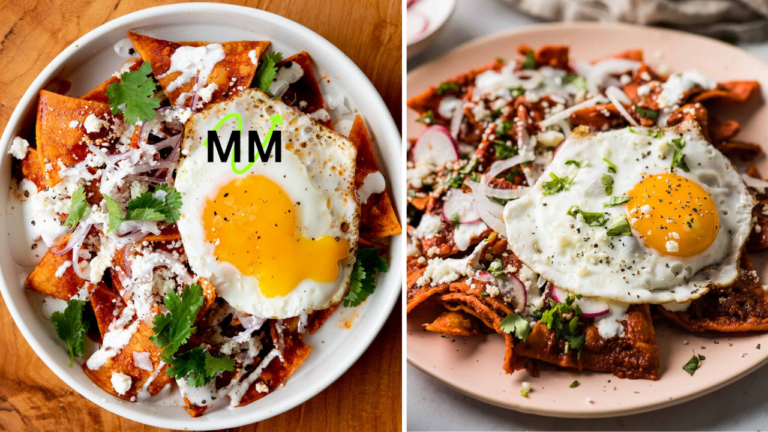Ultimate Pizza Edition: A Gourmet Guide to Perfect Pies

Pizza, in its many forms, is a culinary marvel cherished globally. Whether biting into a classic Margherita in Naples, savoring a Chicago deep-dish, or enjoying a thin-crust slice in New York, the essence of pizza remains universally loved. This guide explores the multifaceted world of pizza, offering insights into its history, the art of making the perfect dough, selecting the right ingredients, and creating gourmet pizzas that tantalize the taste buds.
The History of Pizza: From Ancient Origins to Modern Marvel
Pizza’s history dates back to ancient civilizations. The concept of flatbreads with toppings has been enjoyed by many cultures, from the Egyptians to the Greeks and Romans. However, it was in Naples, Italy, during the 18th century, that pizza as we know it began to take shape. Initially considered food for people experiencing poverty, pizza gained popularity, culminating in the creation of the Margherita pizza in 1889, named after Queen Margherita of Savoy. This combination of tomatoes, mozzarella, and basil represented the colors of the Italian flag and has since become a classic.
The Foundation: Crafting the Perfect Dough
The dough is the heart of any pizza; mastering it is crucial for creating the perfect pie. The key ingredients are simple: flour, water, yeast, and salt. However, the magic lies in the technique and fermentation process.
Choosing the Right Flour
The first step is selecting the appropriate flour. Tipo 00 flour, known for its fine grind and high protein content, is ideal for creating a chewy yet crisp crust. All-purpose flour can also be used as a more accessible option.
Kneading and Fermentation
Kneading develops the gluten, which provides the dough’s structure. This process should take about 10 minutes by hand or 5 minutes using a stand mixer. Once kneaded, the dough must undergo fermentation. Allowing the dough to rise slowly in the refrigerator for 24 to 48 hours enhances the flavor and texture, resulting in a more complex and airy crust.
Shaping the Dough
When ready to bake, bring the dough to room temperature and gently shape it by hand. Avoid using a rolling pin, as it can deflate the dough, eliminating the desirable air pockets. Aim for a uniform thickness with a slightly thicker edge for the crust.
Sauce and Cheese: The Essential Components
Crafting the Perfect Sauce
The sauce is another cornerstone of a great pizza. The best sauce is often a simple, uncooked tomato sauce made from San Marzano tomatoes, salt, and a touch of olive oil. This raw sauce retains the fresh, vibrant flavor of the tomatoes, which cooks perfectly on the pizza.
Selecting the Cheese
Mozzarella is the quintessential cheese for pizza, with fresh mozzarella offering a creamy texture and rich flavor. For a more complex taste, combine fresh mozzarella with low-moisture mozzarella, which provides excellent reliability. Additionally, experimenting with other cheeses like provolone, fontina, or a sprinkle of parmesan can elevate your pizza to gourmet status.
Toppings: From Traditional to Gourmet
Classic Toppings
Traditional toppings like pepperoni, mushrooms, onions, and bell peppers are beloved. They offer a balanced combination of flavors and textures that complement the pizza’s base components.
Gourmet Toppings
For those looking to elevate their pizza, gourmet toppings offer endless possibilities. Think prosciutto, arugula, truffle oil, or figs. Combining these high-end ingredients can transform a simple pizza into a culinary masterpiece.
Balance and Restraint
While toppings are essential, balance is critical. Overloading a pizza can result in a soggy crust and muddled flavors. Instead, focus on a few high-quality ingredients that harmonize well together.
Baking Techniques: Achieving the Perfect Crust
Home Oven
Baking pizza at home can be challenging due to the limitations of conventional ovens, which don’t reach the high temperatures of professional pizza ovens. However, preheating the oven to its maximum temperature and using a pizza stone or steel can help achieve a better result. Place the stone or steel in the oven during preheating to ensure it is thoroughly heated, which helps create a crispy crust.
Pizza Oven
Investing in a dedicated pizza oven can be worthwhile for the pizza enthusiast. These ovens can reach temperatures upwards of 900°F, cooking pizzas in just 90 seconds and replicating the conditions of traditional wood-fired ovens.
Grilling Pizza
Grilling is another excellent method, adding a unique smoky flavor. Preheat the grill to high heat, place the pizza directly on the grates, and cook until the crust is charred and the cheese is bubbly.
Regional Varieties: Exploring Global Pizza Styles
Neapolitan Pizza
Originating from Naples, Neapolitan pizza is known for its simple ingredients: a thin, soft crust topped with raw tomatoes, fresh mozzarella, basil, and olive oil. The pizza is cooked at high temperatures, producing a smooth, chewy crust with slight charring.
New York-Style Pizza
New York-style pizza features a more extensive, thinner crust that is crispy on the outside yet pliable enough to fold. It’s typically topped with a light layer of tomato sauce and mozzarella cheese and sold by the slice.
Chicago Deep-Dish
In contrast, Chicago’s deep-dish pizza resembles a pie more than a traditional pizza. With a thick, buttery crust, layers of cheese, meats, vegetables, and a chunky tomato sauce, this pizza is baked in a deep pan, resulting in a hearty, filling meal.
Detroit-Style Pizza
Detroit-style pizza is characterized by its rectangular shape, thick crust, and crispy, cheesy edges. Baked in a blue steel pan, this pizza is typically topped with a layer of brick cheese and finished with stripes of tomato sauce.
International Variations
Beyond these well-known styles, pizza has been adapted around the world. In Japan, pizzas are topped with ingredients like squid and mayonnaise. In Brazil, green peas and quail eggs are popular. Each culture adds its unique twist, making pizza a genuinely global dish.
Read More
Conclusion: The Endless Appeal of Pizza
Pizza’s versatility and universal appeal are undeniable. Whether you prefer a classic Margherita, a hearty deep dish, or an avant-garde gourmet creation, the joy of pizza lies in its endless possibilities. By understanding the fundamentals of dough, sauce, and toppings and exploring different baking techniques and regional varieties, you can elevate your pizza-making skills and create pies that delight the senses. Embrace the pizza edition in your culinary adventures, and discover the endless pleasures of perfecting the ultimate pizza.





